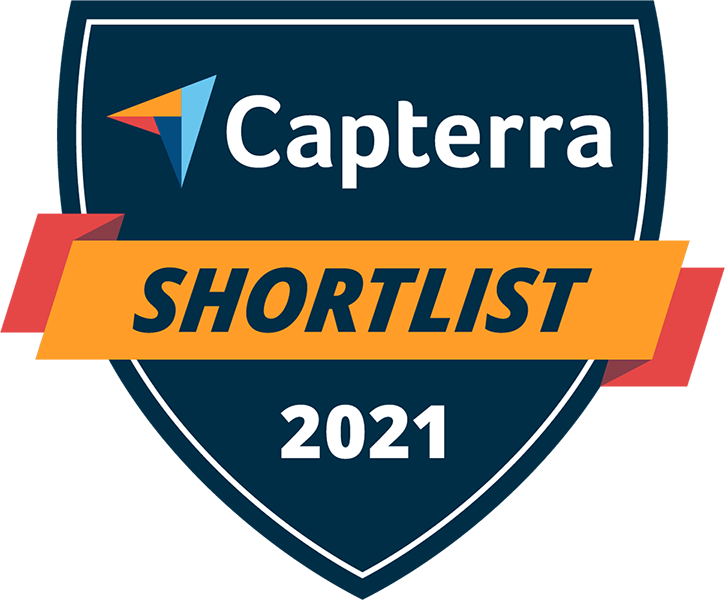Service
Golang Development
Go is a statically typed, compiled programming language designed at Google by Robert Griesemer, Rob Pike, and Ken Thompson. It is syntactically similar to C, but with memory safety, garbage collection, structural typing, and CSP-style concurrency.
Golang Development
Since its debut in 2007, Golang, Google’s Go Programming Language, has grown popular among everyday users. It is a new language designed with modern architectures in mind, and it is intended to be effective, competitive, and straightforward.
Golang, which was initially designed for constructing low-level monoliths for Google, has finally shown to be exceptionally well suited to service-oriented architectures due to its ease of deployment, productivity, and scalability. Voluntarily, it is a minimalist language with only 25 terms that may or may not evolve. Every new function is contributed to the standard library as new functionality rather than to the language itself. Golang, as an open-source, compiled programming language, makes it simple for developers to construct stable, simple, and competent applications. Golang decreases the amount of code typing and the creation of distinct APIs while maintaining performance. The Go programming language is designed for concurrency and scalability, and it aids in optimization.
The Most Effective Golang Development Tools
Developers can use Golang development tools to create a wide range of online apps and projects. They may write code and construct apps as quickly and efficiently as possible with these helpful Golang tools.
The following are the best Golang development tools:
- Visit a vendor.
This Golang tool is compatible with the usual Vendor folder. It allows developers to use Go Vendor add or update to copy current dependencies from $GOPATH. Furthermore, you can use Go Vendor fetch to get new dependencies or update existing ones immediately, and Go, Vendor migrates to move legacy systems.
- Indigenous
This Golang utility aids in the creation of Go Toolchains by utilizing native libraries that can be readily cross-compiled. To maintain these libraries up to date, Cognitive downloads binary distribution for each platform.
- Dimensions
With the help of this excellent Golang tool, website developers may visualize and retrieve Go source code dependency trees. Depth can be used as standalone command-line software or as a particular package within your project. You can add some customizations by simply setting the appropriate flags on the Tree before you change it.
- Checkstyle
Golang uses Checkstyle to print out coding style recommendations. Developers can inspect the file line, function, and parameter or line number that users can easily configure.
- Apicompatibility
Which is a new Golang tool that assists developers in identifying backward declarations, exported declarations, and incompatible updates. You can avoid false positives by using this tool. However, Apicompat does not recognize all backward or incompatible updates. The creator of the library should still think about exchanging argument parameters and other modifications.
- Go-Swagger
The Go-Swagger toolbox has a plethora of functions and features. It is a Swagger 2.0 application that can serialize and de-serialize Swagger specs. It’s a powerful yet straightforward representation of the RESTful API. Go-Swagger assists you in validating against JSONSchema and other additional rules in the swagger standard paper. Additional features include API development based on swagger requirements, code creation and specification document creation based on code, maximized string formats, and so forth.
- Go-Callie
Go-calls is a web development tool that visualizes the call graph of a Go programme using Graphviz’s dot format. It is beneficial while working on massive projects with complex codebases. It is also useful when you need to comprehend the code structures of other developers or reproduce someone else’s project.
Frequently Asked Questions
Large tech companies love it
Originally developed at Google and released in 2009, Golang has slowly, but surely, earned the trust of the software industry. With the rise of microservice architectures, more and more large tech companies have adopted it. Companies like Uber, Twitch, and Slack all use Go in their stacks.
It’s ideal for systems, servers, APIs, daemons, databases, websites, tools, and more. Go strikes the critical balance of performance and developer productivity. Over the next 10 years with growing usage of cloud solutions, IoT data, and new technologies like 5G, Golang is set to attract more and more companies.
Unfortunately, Go lacks a lot of features by design, and sometimes it’s really annoying. Golang was meant to make development faster, but in a lot of situations, you are writing more code than you’d write using other programming languages.
#1. Uber
#2. Google
#3. Dailymotion
#4. Twitch
#5. Fabric
#6. Sendgrid
#7. Medium
Out of the gate, Go beats Node. js in terms of scalability because it supports concurrency, which helps handle side-by-side tasks. Go can manage 1000 concurrent requests per second, making Go superior.
Most of the stable blockchain based DApps and tools are built using Golang these days. It is very easy to find required libraries and packages. Go is a compiled language — hence it runs directly with the OS.
Client Testimonials














